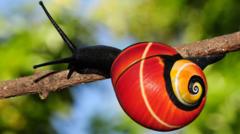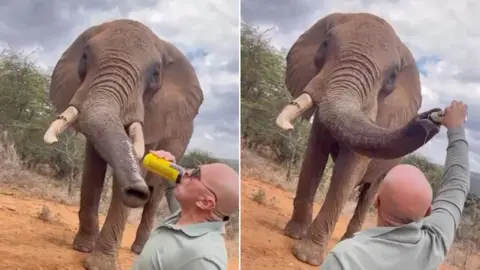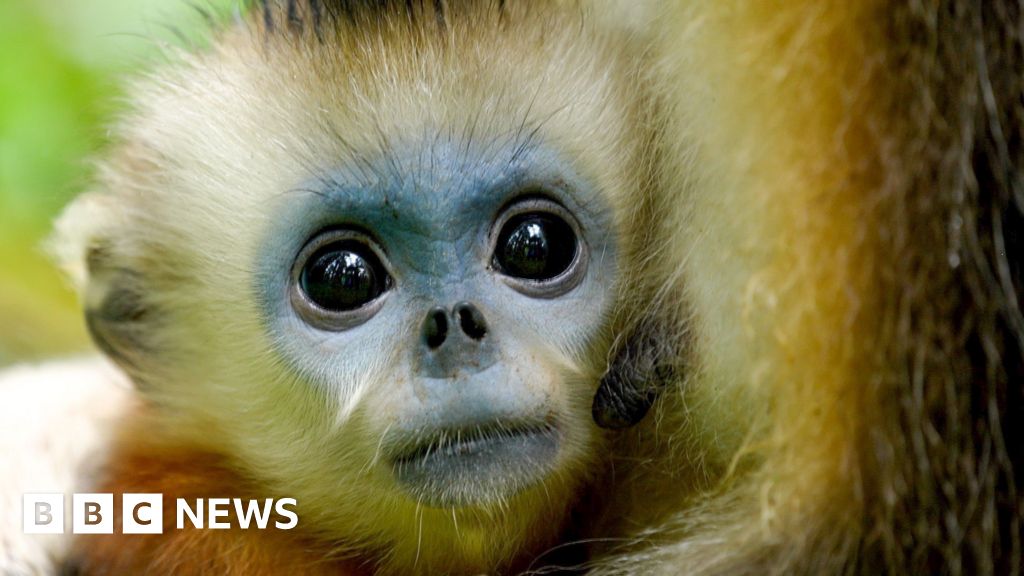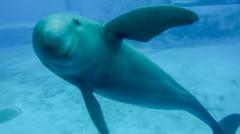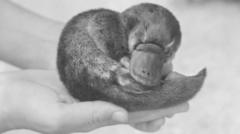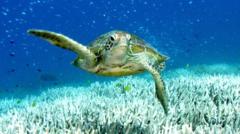Researchers have initiated a critical initiative to conserve the strikingly colorful Polymita snails, revered for their unique and extravagant shells. Found exclusively in Eastern Cuba, these endangered snails are being threatened by their own beauty, as collectors hunt for their vibrant shells.
Prof. Angus Davison, an evolutionary geneticist at the University of Nottingham, alongside Cuban conservation biologist Prof. Bernardo Reyes-Tur, has spearheaded an international project aimed at understanding and preserving six species of Polymita snails, particularly the critically endangered Polymita sulphurosa, characterized by its bright green shell accented with blue patterns.
The snails’ allure has led to a troubling demand, with shells readily available for purchase online, some priced at £160. “It wouldn’t take much for collectors to tip some species into extinction,” Davison warns, emphasizing the irony that the beauty of these snails is what endangers them.
Despite international protections under the Convention on International Trade in Endangered Species, enforcement is challenging. While removal of snails from Cuba is restricted, shell sales outside the country remain legal, increasing demands on their populations. Additionally, climate change and habitat destruction exacerbate the threats these snails face, putting further pressure on their survival.
To combat these issues, Reyes-Tur has taken the bold step of bringing the snails into his home for captive breeding, navigating challenges such as unstable electricity. Although breeding has not yet occurred, Reyes-Tur is actively monitoring their health.
Simultaneously, genetic studies at the University of Nottingham will explore the snails’ genomes, enabling researchers to uncover the secrets behind their vivid colors and relationships among species. This information is pivotal to the conservation efforts aimed at ensuring these remarkable snails do not vanish from their native habitats.
“Eastern Cuba is the only place in the world where these snails are found,” Davison notes. “We hope to develop strategies to protect them through genetic insights,” he concludes, highlighting the importance of preserving this unique aspect of biodiversity.

